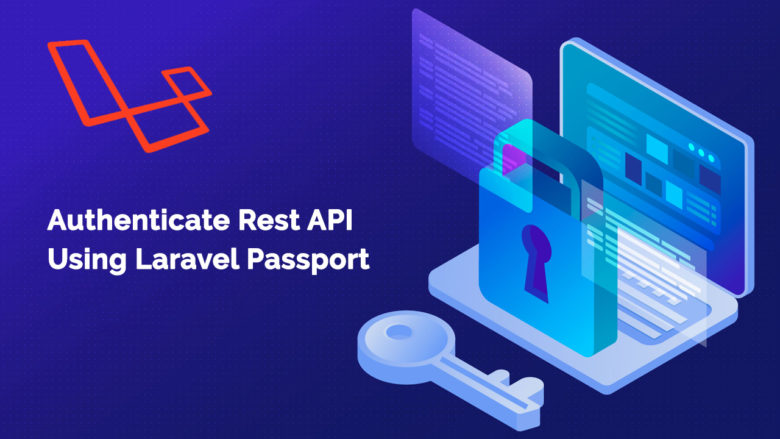Laravel Passport
https://laravel.com/docs/5.8/passport
Laravel makes API authentication a breeze using Laravel Passport, which provides a full OAuth2 server implementation for your Laravel application in a matter of minutes. Passport is built on top of the League OAuth2 server that is maintained by Andy Millington and Simon Hamp.
Installation
To get started, install Passport via the Composer package manager:
composer require laravel/passport
The Passport migrations will create the tables your application needs to store clients and access tokens:
php artisan migrate
Next, you should run the passport:install command. This command will create the encryption keys needed to generate secure access tokens. In addition, the command will create “personal access” and “password grant” clients which will be used to generate access tokens:
php artisan passport:install
After running this command, add the Laravel\Passport\HasApiTokens trait to your App\User model. This trait will provide a few helper methods to your model which allow you to inspect the authenticated user’s token and scopes:
<?php
namespace App;
use Laravel\Passport\HasApiTokens;
use Illuminate\Notifications\Notifiable;
use Illuminate\Foundation\Auth\User as Authenticatable;
class User extends Authenticatable
{
use HasApiTokens, Notifiable;
}
Next, you should call the Passport::routes method within the boot method of your AuthServiceProvider. This method will register the routes necessary to issue access tokens and revoke access tokens, clients, and personal access tokens:
<?php
namespace App\Providers;
use Laravel\Passport\Passport;
use Illuminate\Support\Facades\Gate;
use Illuminate\Foundation\Support\Providers\AuthServiceProvider as ServiceProvider;
class AuthServiceProvider extends ServiceProvider
{
/**
* The policy mappings for the application.
*
* @var array
*/
protected $policies = [
'App\Model' => 'App\Policies\ModelPolicy',
];
/**
* Register any authentication / authorization services.
*
* @return void
*/
public function boot()
{
$this->registerPolicies();
Passport::routes();
}
}
Finally, in your config/auth.php configuration file, you should set the driver option of the API authentication guard to passport. This will instruct your application to use Passport’s TokenGuard when authenticating incoming API requests:
'guards' => [ 'web' => [ 'driver' => 'session', 'provider' => 'users', ], 'api' => [ 'driver' => 'passport', 'provider' => 'users', ], ],




